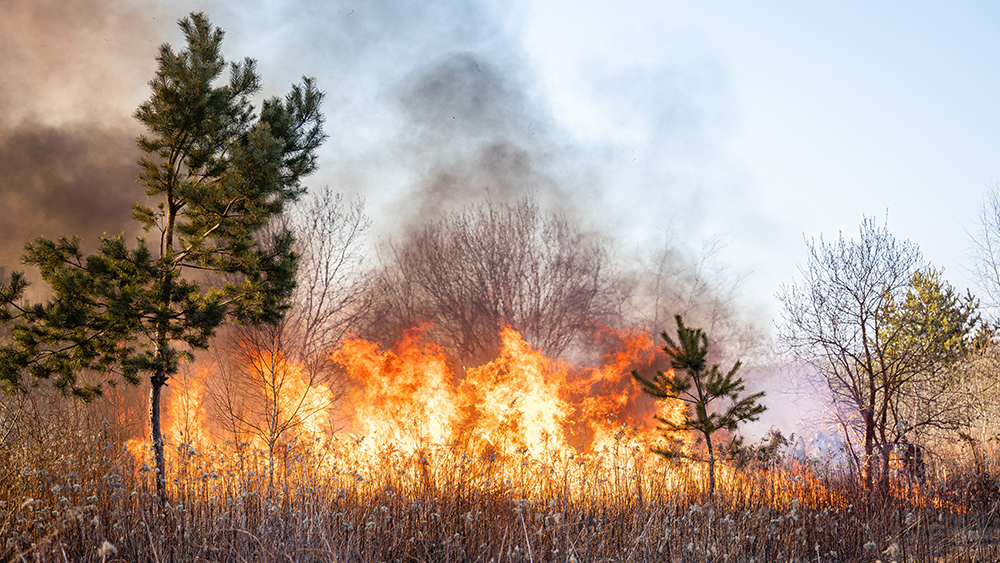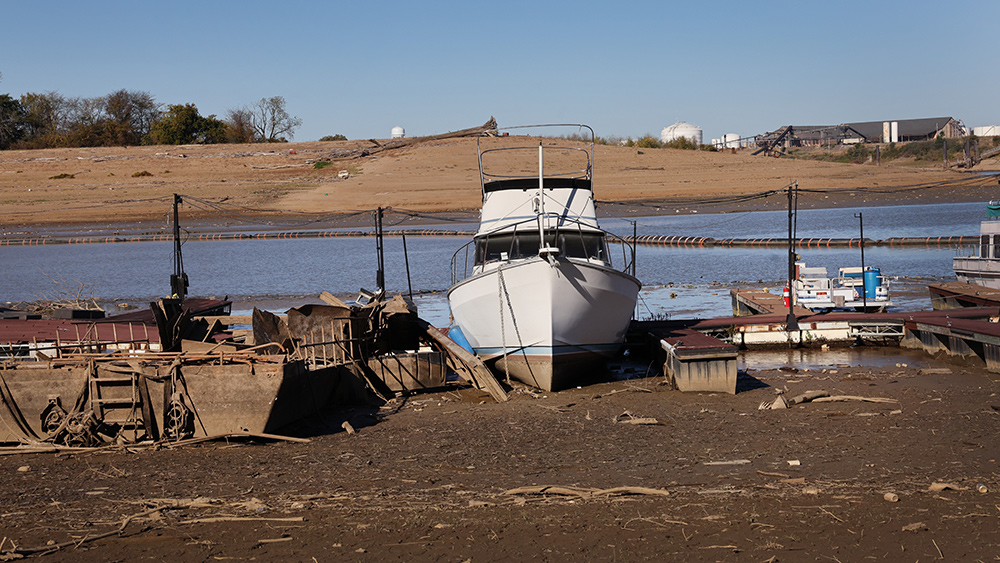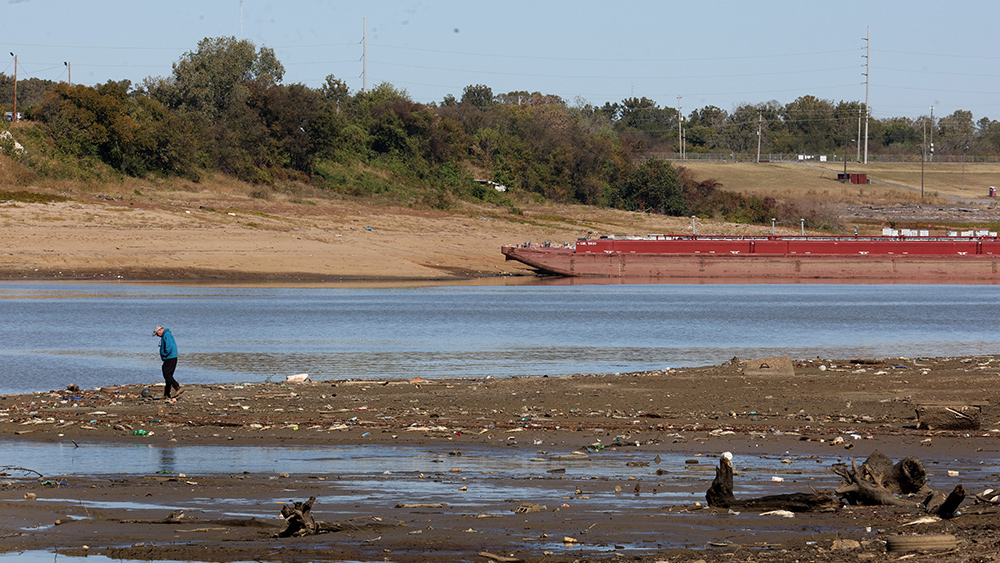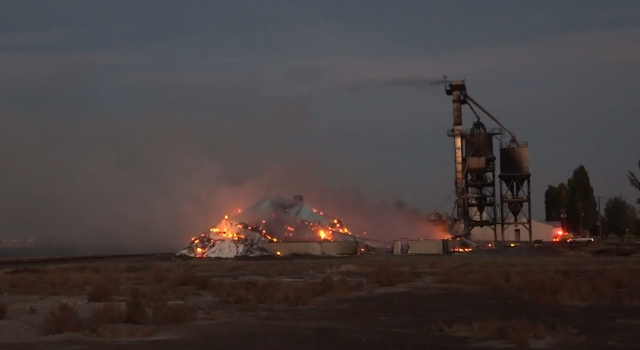Underwater volcano eruption caused global “dimming” that deprived crops of sunlight; more famine and starvation to come
11/10/2022 / By Ethan Huff

In January, an underwater volcano in the South Pacific called Hunga Tonga-Hunga Ha’apai erupted, sending a massive ash plume up into the sky where it reached 187,000 feet. The result was a cloud of darkness that created a global “diming” effect that will probably be felt for years to come with reduced crop yields.
You see, crops need unimpeded sunlight to reach their full potential. And all that persistent ash and water vapor that was left behind from the eruption prevented that sunlight from reaching the earth’s surface.
The Hunga Tonga-Hunga Ha’apai eruption is said to be the first ever recorded that broke through the third layer of the atmosphere, called the mesosphere. (Related: Hundreds of climate scientists have called for Bill Gates’ “sun dimming” projects to be immediately halted.)
“It’s an extraordinary result as we have never seen a cloud of any type this tall before,” said Dr. Simon Proud, who authored a study about the eruption.
“Furthermore, the ability to estimate the height in the way we did, using the parallax method, is only possible now that we have good satellite coverage. It wouldn’t have been possible a decade or so ago.”
Volcanos are much bigger contributors to “global warming” than human activity
More energy than the Tsar Bomba, the most powerful nuclear bomb ever detonated, was released by Hunga Tonga-Hunga Ha’apai, which blasted 20,000 Olympic swimming pools’ worth of water straight into the stratosphere.
This massive atmospheric river, so to speak, blanketed portions of the earth with sun-blocking moisture, not to mention all the ash and other particulate debris that went soaring.
“Due to the ozone layer absorbing solar ultraviolet radiation, temperatures in the stratosphere and mesosphere actually increase with height,” reports explain about the phenomenon that occurred.
It has been said that a single volcanic eruption blasts more “warming” chemicals into the air than several years’ worth of humans driving vehicles. This makes volcanos the number-one cause of “global warming.”
Volcanic eruptions are also a major cause of crop-destroying climate change, it would seem, as they interfere with natural sunlight reaching the surface of the earth as intended.
It is important to point this out because too many climate fanatics are oblivious to the fact that nature itself is engaging in climate-destructive behavior – so should we ban nature and force it to go “green?”
Such a question of course makes no sense, but it puts into perspective all the climate lunacy that passes as “science” these days – lunacy that is paid for with your tax dollars, by the way.
The Hunga Tonga and Hunga Ha’apai eruption reportedly caused the island kingdom of Tonga to become blanketed in toxic ash that poisoned local drinking water supplies and wiped out at least two villages. Crops were also destroyed in large quantities.
Ocean waves from the eruption also triggered an environmental disaster at an oil tanker offloading near Lima, Peru, which generated a massive oil slick along the coast.
“Just think of all that CO2 being released,” noted a commenter about the greenhouse gases emitted by the Hunga Tonga and Hunga Ha’apai eruption. “It really puts the tiny contributions of humans into perspective when compared to nature.”
“Did nobody tell the volcano that it must pay a load of tax if it wants to do that?” joked another person.
“All of this contributes to natural climate changes and there’s nothing we can do about any of it,” noted someone else. “It’s ridiculous to think that we can stop the climate from changing all on its own. We have to just accept it.”
The latest climate-related news coverage can be found at Climate.news.
Sources for this article include:
Submit a correction >>
Tagged Under:
agriculture, Climate, climate change, crop collapse, crops, depopulation, dimming, disaster, Ecology, environment, famine, food collapse, food scarcity, food supply, global warming, hunger, natural disaster, starvation, Tonga
This article may contain statements that reflect the opinion of the author
RECENT NEWS & ARTICLES
COPYRIGHT © 2017 DISASTER NEWS




















